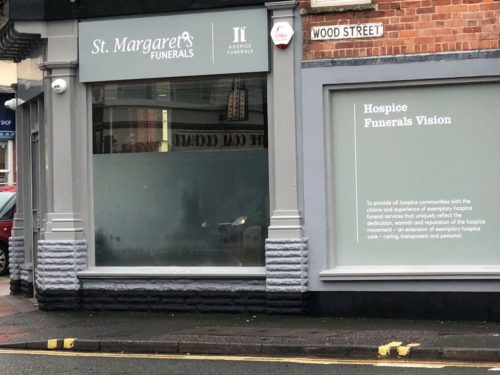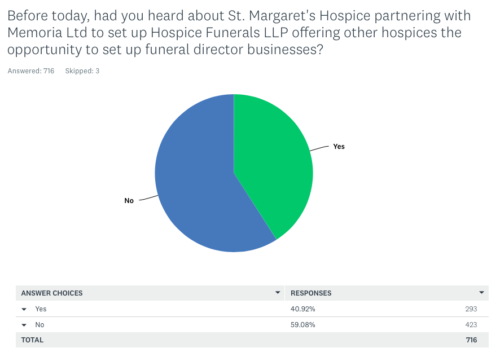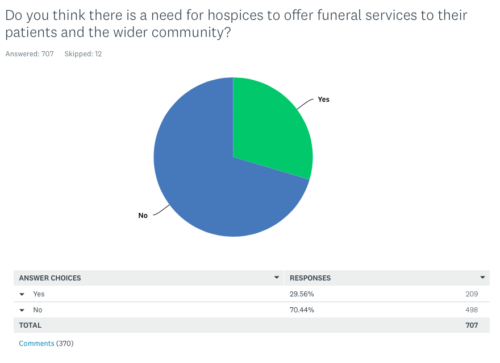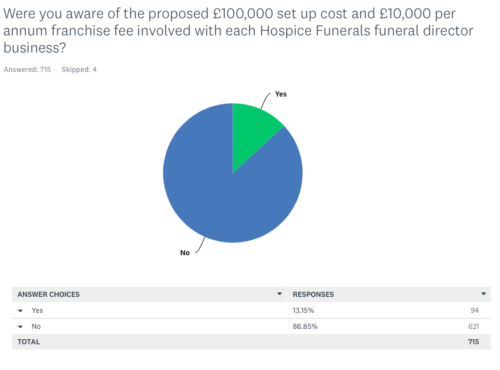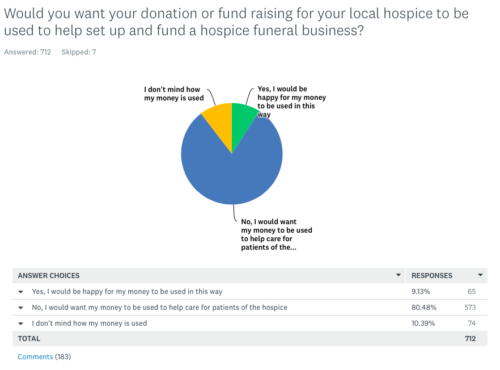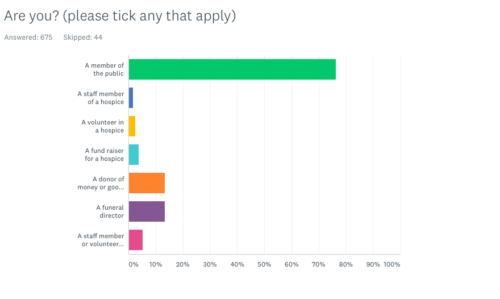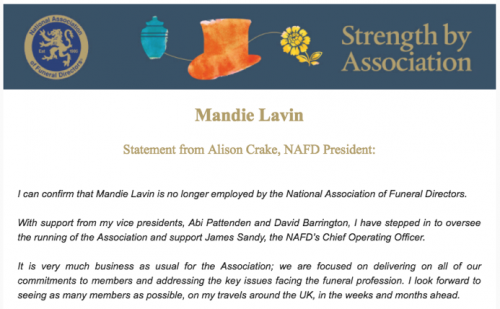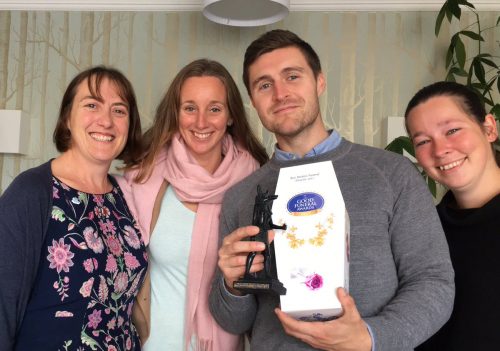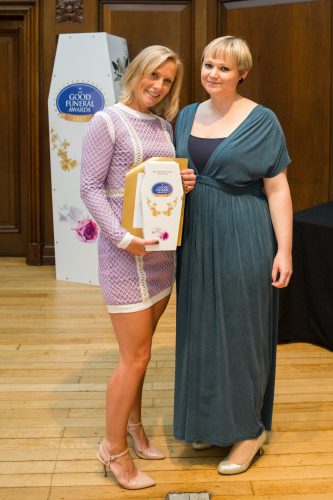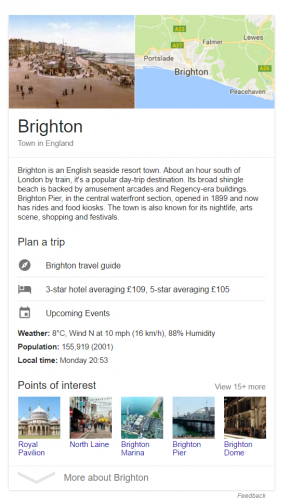Guest post
Ed’s note – the writer of this blog post is known to us, however their identity is being withheld for reasons that are obvious.
‘The subject of bullying is in the media a lot these days, especially bullying within the work place. Most fair and just people think that any kind of bullying is abhorrent, although it’s a phenomenon that has been around since the beginning of time.
Work place bullying, whether obvious or more subtle, is something that many of us have had to suffer and deal with. A lot of managers, company owners and bosses etc. are approachable and empathetic to the victims, and these situations can be dealt with: but what if the bullying and intimidation is not within a structure or institution like this?
What if it is happening to a person who is working for themselves and trying to develop and build a business, and the bullying and intimidation is from competitors within the same business? The victim has then to deal with situation themselves, which, along with the stress of developing the business, building a new client base, forging relationships within the community, can cause a great deal of upset stress and anxiety.
I have been living this scenario for a few years since starting my business. It’s taken a lot of hard work, perseverance and determination. I am now becoming fairly well known locally, and feel I’m making a difference to the families I work with. It’s been a hard but very rewarding time for me, I love my job with a passion but any problems I have had to deal with along the way have been exacerbated by bigger, more established funeral directors, interfering with and trying to close my business.
Some of my competitors have a very unhealthy obsession with my business, my personal life and the people I work with/employ. I have had to deal with phone calls from different people, some of which have been vicious and threatening. I have been asked questions regarding almost every facet of my business; these calls are by supposed customers enquiring about using my services. I have been reported to various authorities, and they have been informed of many totally unfounded and fictitious wrong doings within my work practices. I have been followed to find out about my vehicle, and I have been ignored at places we all as funeral directors use, ie the local crematorium, the hospital mortuary, not by the staff of these establishments, but by fellow funeral directors and their employees.
I’ve been dismissed both verbally and by people turning their backs to me when I try and pass the time of day, being professional and courteous (we all have to work within the same places). I have had letters sent to these places and a barrage of phone calls with people giving false names and using throw away mobiles, questioning why I am afforded the same facilities and utilities as the other funeral directors. These are only a small selection of the bully boy tactics and intimidation I have had to endure by the bigger, more established funeral directors, sometimes on a daily basis. I have been in touch with the police, who investigated to the point where I was informed that an arrest would be made. Then the case was suddenly and mysteriously dropped and I was advised that there was no further action.
Obviously this decision by the police was another very stressful and upsetting blow, to a point where I almost decided not to continue with my business, as who was going to help and protect me in this situation if the police are not? I am a strong person and I am very much able to fend for myself, but the relentless – and it is relentless – barrage of calls and underhand tactics from these, and I can only call them ‘mafia’, almost broke me.
Fortunately as I said, I am strong, and after a lot of soul searching and deep thought I decided that the only way to deal with these people is to carry on regardless of everything. So, for want of a better phrase, I put on my ‘brave face’, suppressed my fear and anxiety and continued with my business.
After having the independent inspection from The Good Funeral Guide, with the results of this I felt vindicated and was hopeful that the campaign would end. Although it went quiet for a while, there are still episodes of bullying and letter writing. Recently a funeral director forcefully questioned and intimidated a celebrant who was working with me on that particular day, querying what the actual connection is with my business, in other words are they affiliated to me in some way, with an underlying veiled threat – appalling and unacceptable behaviour.
It seems that some of the other funeral directors feel threatened by a small independent like me, and certain ones will stop at nothing to try and put me out of business. Whether it is misunderstanding, a need for patriarchy, or just plain greed that drives this ongoing campaign, I don’t know, but amongst it all I am lucky to have a great team around me, and I won’t bow down to the pressure. I will continue to be there for my families and offer the alternative, cost effective service as I always have.
I decided to break my silence on this as it occurred to me that maybe someone else is currently, or has in the past experienced something similar? I hope mine is a one-off case and that no-one else has had to put up with the bullying I have, as it’s a very lonely place to be, but I doubt it. Unfortunately, where there is money involved, there will be unscrupulous greedy people who think they are entitled and no-one will get in their way.
I’m interested if anyone else has experienced anything similar to mine? If so how did you deal with it?’

